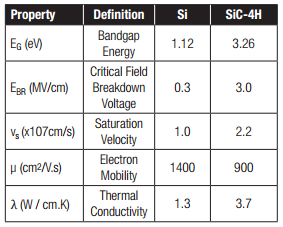There have been many announcements about rollouts of electric vehicles (EVs) across the globe. What makes these headlines exciting and different is the increasing capability of long-range driving beyond the current 200- to 300-mile range: These vehicles can now compete with internal combustion engine (ICE)-based vehicles across all driving situations and conditions.
Consumer acceptance is a key metric in making electric vehicles successful. Consumers aren’t concerned about EV prices, which they expect will drop given the falling price of lithium-ion batteries and short-term regulatory support across regions. They are concerned with increased charging speed/reduced charging time, however. After becoming accustomed to filling up their gas tank within a few minutes, do they have the patience to wait?
ICE vehicle fuel tanks take less than five minutes to fill up, whereas EVs take significantly longer to recharge their battery packs. This time frame is also compounded by a lack of charging stations, which means that consumers might even need to wait in line for their turn. I wrote a blog post about charging systems and their power levels that could potentially speed this up.
But what else can improve fast charging in a EV? Efficient power transfer, along with increasing power levels, is one way to improve charging speed both on- and off-board. Since batteries charge using a constant-current method to prevent damage, increasing the current is neither advantageous nor permissible based on regional restrictions. Increasing current can also cause wiring harness problems that in turn increase vehicle weight.
Increasing the voltage to 400V or greater is therefore considered a viable solution. Adopting wide-bandgap solutions for power electronics – namely silicon carbide (SiC) – efficiently transfers power at high voltages.
SiC is a wide bandgap semiconductor that has emerged as the disruptive material to replace silicon-based power switches (metal-oxide semiconductor field-effect transistors [MOSFETs] and insulated gate bipolar transistors [IGBTs]). Many automakers and charger suppliers are already implementing SiC because of its low losses (which improve efficiency) and ability to withstand high voltages. This Implementing SiC as the power electronic switch is therefore becoming prominent with increasing battery voltages (400V and above) in BEVs and increasing power levels (>10kW) in onboard chargers and off-board DC chargers (50kW and above).
Low losses and high-voltage operation are possible because of SiC’s superior material properties, including low on-resistance, high thermal conductivity, high breakdown voltage and high saturation velocity when compared to silicon, as shown in Table 1.
Table 1: The intrinsic material properties of SiC
It is also important to understand how to drive SiC power devices. The controller dictates switch turn-on and turn-off for efficient power transfer across the power electronics circuit. A key element that acts as an interface between the controller and the power device is the gate driver, which acts like an amplifier that takes the controller signal and amplifies it to drive the power device.
Because of the superior characteristics of SiC FETs, defining gate-driver requirements becomes very critical – because these requirements differ than those for driving a silicon MOSFET or IGBT.
Learn more about TI SiC gate driver products that can efficiently drive SiC FETs by visiting ti.com/sic.
TI will be showcasing a full solar to vehicular charging ecosystem using SiC solutions at APEC 2018 in San Antonio. Discover more about the reference designs used in the demo:
- 98.5% Efficiency, 6.6-kW Totem-Pole PFC Reference Design for HEV/EV Onboard Charger
- Automotive Dual Channel SiC MOSFET Gate Driver Reference Design with Two Level Turn-off Protection
- 10kW 3-Phase 3-Level Grid Tie Inverter Reference Design for Solar String Inverter

